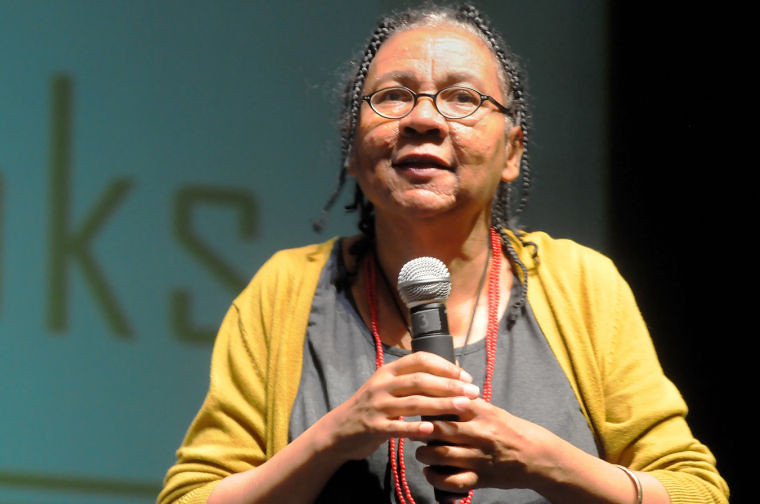Chapter 3: Media Literacy

“Understanding knowledge as an essential element of love is vital because we are bombarded daily with messages that tell us love is about mystery, about that which cannot be known. We see movies in which people are represented as being in love who never talk with one another, who fall into bed without ever discussing their bodies, their sexual needs, their likes and dislikes. Indeed, the message is received from the mass media is that knowledge makes love less compelling; that it is ignorance that gives love its erotic and transgressive edge. These messages are brought to us by profiteering producers who have no clue about the art of loving, who substitute their mystified visions because they do not really know how to genuinely portray loving interaction.” — bell hooks from her book All About Love: New Visions
In Gutenberg’s age and the subsequent modern era, literacy—the ability to read and write—was a concern not only of educators but also of politicians, social reformers, and philosophers. A literate population, many reasoned, would be able to seek out information, stay informed about the news of the day, communicate effectively, and make informed decisions in many spheres of life. Because of this, literate people made better citizens, parents, and workers. Several centuries later, as global literacy rates continued to grow, there was a new sense that merely being able to read and write was not enough. In a media-saturated world, individuals needed to be able to sort through and analyze the information they were bombarded with every day. In the second half of the 20th century, the skill of being able to decode and process the messages and symbols transmitted via media was named media literacy. According to the nonprofit National Association for Media Literacy Education (NAMLE), a person who is media literate can access, analyze, evaluate, and communicate information. Put another way by John Culkin, a pioneering advocate for media literacy education, “The new mass media—film, radio, TV—are new languages, their grammar as yet unknown.”[1] Media literacy seeks to give media consumers the ability to understand this new language. The following are questions asked by those who are media literate:
- Who created the message?
- What are the author’s credentials?
- Why was the message created?
- Is the message trying to get me to act or think in a certain way?
- Is someone making money by creating this message?
- Who is the intended audience?
- How do I know this information is accurate?
Media Attributions
- bell hooks © bell hooks via. Flickr is licensed under a Public Domain license
- Moody, Kate. “John Culkin, SJ: The Man Who Invented Media Literacy: 1928–1993,” Center for Media Literacy, https://web.archive.org/web/20091009122232/http://www.medialit.org/reading_room/article408.html ↵

